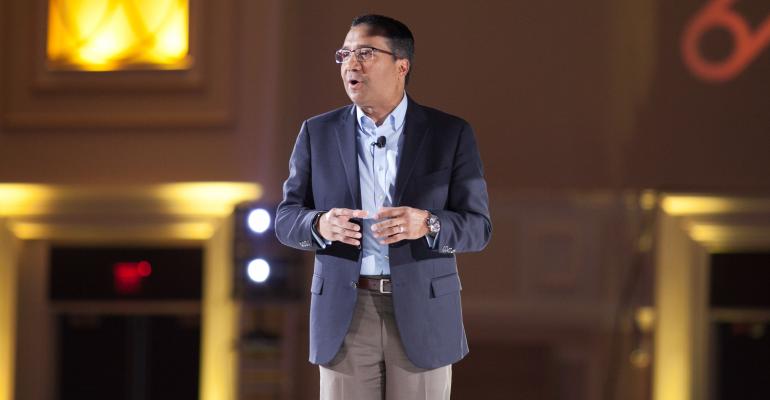“Location will drive the whole event experience,” said Michael Dominguez at the American Society of Association Executive’s Xperience Design Project this spring. “All memories are tied to a location. The first thing you ask about a defining event is, ‘Where were you when…’. Location creates a sense of community and memories.” Just what every planner wants for their event when they choose a destination.
But while destination is important, that’s not the only location to consider, added Dominguez, senior vice president, MGM Resorts International, who served as captain of the “Location Zone” at ASAE’s new conference. Think about every location your participants will find themselves in as part of your meeting experience, he said, from the airport to public spaces in the hotel, to their guest room, to the meeting spaces, to off-site event locales.
And bring your special brand of planner creativity to turn potential negatives around. One XDP participant told the story of a group of attendees who got stuck having to be bussed to the convention center from a distant hotel. Instead of letting that drive turn into a festering mélange of resentment and boredom, the organization put together a session to be held during that bus ride—and offered participants continuing education credit for it.
“That was a brilliant way to make a negative into something productive and valuable to participants,” Dominguez said.
Also think about how you can bring a sense of the destination into your venue. One participant invited local artisans and vendors to participate in a marketplace within their meeting space to bring in some local flavor—and the meeting organization got a cut of the proceeds, so it was a win for the locals, the participants, and the meeting host.
Let’s Get Small
Also, think about creating potential “micro-locations” within those spaces, Dominguez said. For inspiration, consider trends outside of meetings. Today, everyone wants open-space layouts in their homes, but they still want separate spaces within that space carved out for the kitchen, dining, and living areas. “How can we translate that to events?”
As an example, he pointed to the ballroom at the Gaylord National Harbor that the XDP crowd was in. It was segmented in a hub-and-spoke pattern that created five distinct wedges radiating out from a central stage to accommodate the five main XDP topic areas. (In addition to location, these were experience, learning, marketing, and technology.) Through lighting and discreet dividers, the ballroom had become five micro-locations.
Yes, you may encounter some pushback from hoteliers when it comes to thinking creatively about delineating micro-spaces within their ballrooms, breakouts, and other venues. “It’s easiest to use the space the way it is. Hoteliers can get lazy about being inventive.” You may have to prod them a bit, but the end result will be worth it, he said.
Monetize It
Once you find and carve out your micro-spaces, can you find sponsors to monetize them? “Take this room, for example,” he said, waving his arm around the ballroom’s various zones. “You’re in the Location/yellow zone, but there’s no reason you couldn’t sell sponsorship and have this be the Pepsi section.”
In addition to bringing in new revenues, you also can think in terms of location for cost savings. For example, work with local partners to find other groups that are meeting around your dates with which you can share speakers, stage sets, or AV costs.
Think about your limitations, all the things that hold you back—like that hotel block that was so far from the convention center that you had to bus people back and forth—and find a way to flip it to your favor, Dominguez urged.





